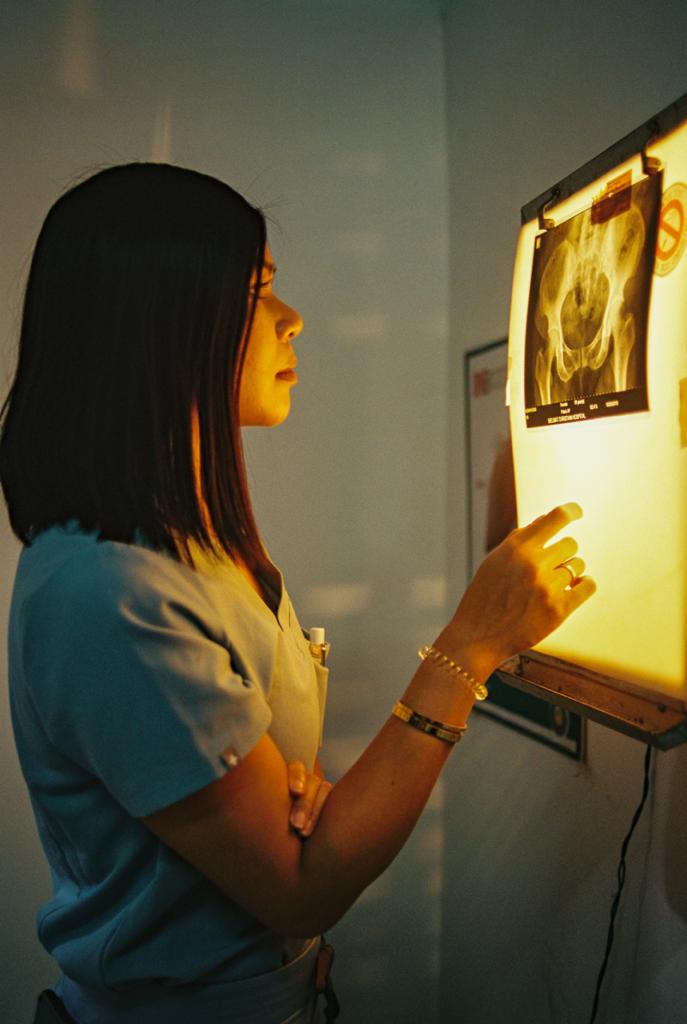Procedure-associated morbidity can be extremely high in a critically ill patient population [14]. Although this is the best alternative to preventing/treating biliary sepsis aside from surgery, great care must be taken post procedure to avoid complications. Bed rest is needed (typically 2–4 h) with regular monitoring of vital signs and adequate pain control. The patient should be monitored for new or worsening chest /right upper quadrant pain, dyspnea, shortness of breath, and red or tarry stool. These typically occur 1–72 h after the procedure [11]. Catheter dislodgement is the most common complication and may be due to patient movement, failure to protect the catheter during transportation, or inadequate fixation of the catheter. Timely removal of the catheter after mature tract formation can decrease biliary peritonitis secondary to bile leakage [9].

The catheter should be flushed daily with 5–10 mL with sterile saline to avoid occlusion [9].
Cholangiography can be used to assess patency of the cystic duct, presence of gallstones, and catheter position days after the procedure or when the patient has stabilized [11]. Using the tube for diagnostic studies is not recommended until the patient has clinically improved from their infection.
The catheter cannot be removed for at least 6 weeks [11], unless done during a cholecystectomy. Prior to removal, two things must be established: patency of the cystic duct and maturity of the transhepatic/transperitoneal tract. These are accomplished with fluoroscopic evaluation via fistulography. This is performed with injection of contrast material to evaluate patency of the cystic and common bile ducts. To evaluate tract maturity, a guidewire is placed through the catheter and looped in the gallbladder lumen and the catheter is removed. Tract maturation is evaluated by injecting contrast through a sheath as is it withdrawn over the wire. Care must be taken to preserve wire access to the gallbladder. The tract is considered mature if there is no leakage into the peritoneal cavity. If leakage is identified, a new catheter is placed and the process repeated until maturation is confirmed [12]. If the tract is mature and the cystic duct and CBD are patent, then many operators will opt for a clamp trial of the catheter.

